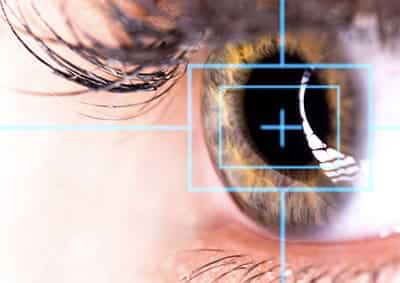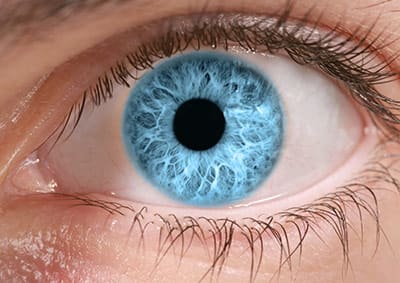20 Jun Femto Laser-Assisted Cataract Surgery
A cataract is defined as clouding and losing the transparency of the lens. Although it can be seen at any age starting from birth, the most common reason is the 'aging' of the lens. Symptoms of Cataract Vision Loss Sensitivity to Light Double Vision Fading...













